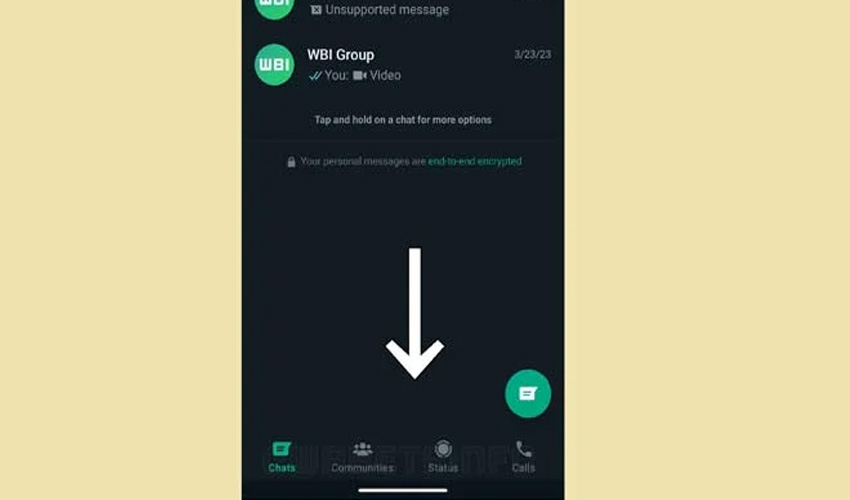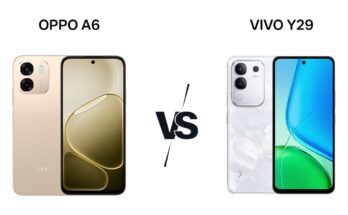WhatsApp – The world’s leading messaging app, has officially introduced its highly anticipated swipeable navigation bar feature, marking a significant step towards user convenience and interface refinement.
The introduction of this innovative feature comes after months of careful testing and development, signaling the app’s unwavering commitment to staying at the forefront of design trends and improving the user experience.
This latest feature dates back nearly a year, with beta testers first catching a glimpse of WhatsApp experimenting with a new menu bar style. Inspired by Google’s acclaimed Material Design guidelines, the redesigned navigation panel promises seamless and intuitive navigation for millions of users around the world.
Initial iterations of the sliding navigation panel appeared intermittently, with trials beginning in June and September of the previous year. However, it was only recently that WhatsApp officially rolled out the feature, sparking widespread intrigue and acclaim in the tech community.
The improved navigation bar, strategically placed at the bottom of the screen, now boasts four distinct tabs: Chats, Updates, Communities, and Calls. This departure from the previous layout, which featured larger tabs for chats, status, and calls, along with smaller ones for communities, underscores WhatsApp’s commitment to optimizing user accessibility and navigation efficiency.
A notable aspect of the redesigned bottom panel is its emphasis on facilitating thumb access, a crucial factor in today’s mobile-centric environment. By integrating an intuitive side-scrolling feature, WhatsApp aims to streamline tabbed navigation, allowing users to effortlessly navigate between different sections of the app with unparalleled ease.
The recent testing phase, which was conducted on various Android devices, further underscores WhatsApp’s commitment to ensure seamless compatibility and performance across platforms. As the changelog in the app’s Play Store has been duly updated to reflect the introduction of the sliding navigation bar, users can expect to see the feature widely distributed across their devices in the coming days.





